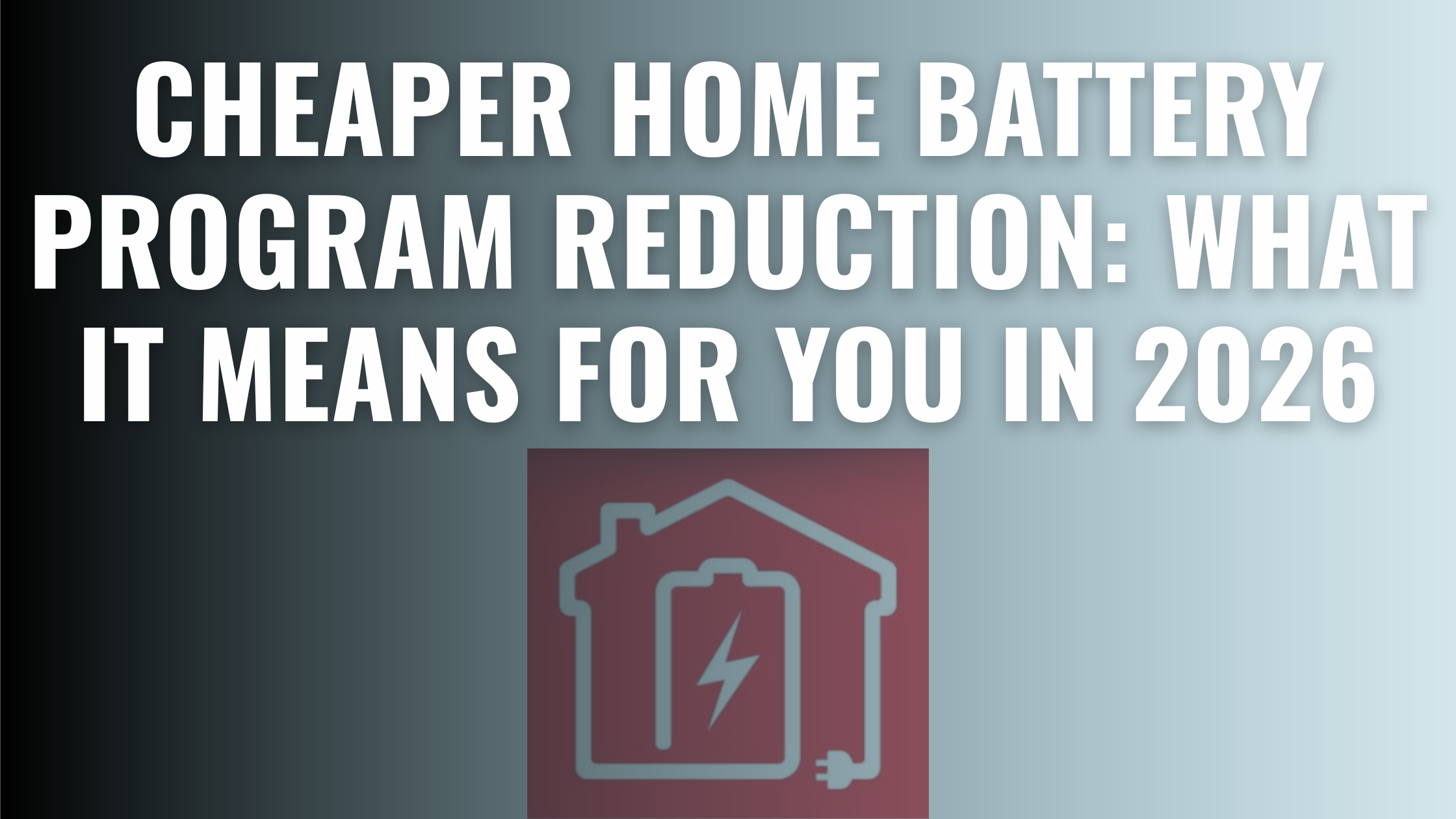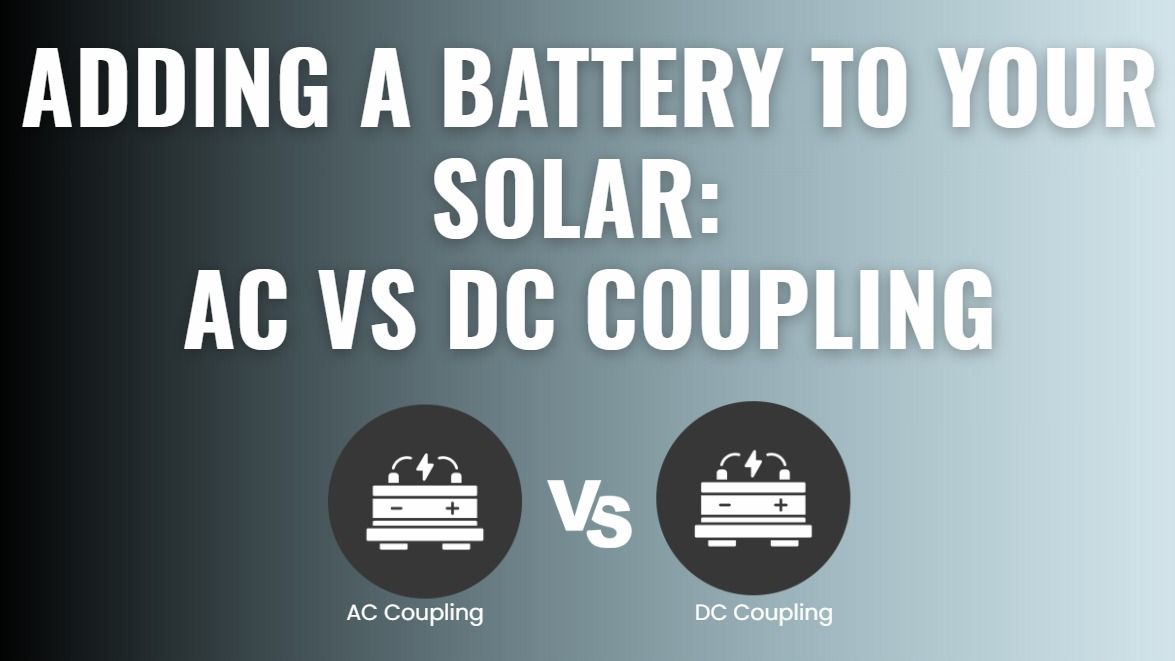
Written by Donna Wentworth
Last Updated: August 28, 2025
Microinverters vs DC Optimisers: Which is Right For You
When evaluating a solar power system for your home or business, choosing the right components can seem overwhelming. Two leading options for managing the energy output from your panels are microinverters and DC optimisers.
Both systems offer unique advantages and potential drawbacks, and understanding these differences is key to making an informed decision that maximises your system’s efficiency and value.
With extensive experience in solar energy solutions, at Lenergy, we aim to provide clear, unbiased insights to guide your choice.
In this article, we’ll explore the differences between microinverters and DC optimisers, compare their performance and costs, and help you determine which option might be best suited to your specific needs.
- Efficiency and Performance Comparison
- Microinverter VS DC Optimiser, Comparative Analysis
- When Microinverters Are The Better Choice
- When DC Optimisers Are The Better Choice
- Which Is Better In Shade
Efficiency and Performance Comparison:
When Microinverters Are the Better Choice
Microinverters are small devices mounted directly on each solar panel, converting DC to AC right at the source. This approach ensures that each panel operates independently, which is especially beneficial in installations with varying shading or orientations. The AC wiring used in microinverter systems is generally simpler and safer than high-voltage DC wiring, reducing safety risks.
Microinverters excel at optimizing individual panel performance, leading to higher energy yields, particularly in shading or dirty conditions. They also feature advanced monitoring capabilities, allowing you to track the performance of each panel in real-time—making it easier to identify and resolve issues quickly.
Overall, microinverters offer a compact, efficient solution that maximizes energy production at the panel level.
The downside? They tend to be more costly upfront compared to central inverters or DC optimisers.
When DC Optimisers Are The Better Choice
DC optimisers are devices attached to each solar panel that improve the efficiency of the system by conditioning the output before sending it to a central inverter. While they don’t convert DC to AC at the panel, they optimize performance at the panel level, mitigating the effects of shading and mismatched panels.
This panel-level optimisation ensures each panel contributes its maximum power, boosting overall system performance—especially in conditions with intermittent shading or uneven panel orientations. The system then combines the power and converts it at a single, high-capacity central inverter, often resulting in lower initial costs compared to microinverters.
Limitations: If the central inverter fails, the entire system is affected. Also, in complex roof designs or heavily shaded environments, DC optimisers may not perform as well as microinverters.
Microinverter VS DC Optimiser, Comparative Analysis
- Shading and Orientation: Microinverters generally perform better in installations with significant shading or varying panel orientations. Their independent operation ensures that one panel’s issues don’t affect the others.
- Energy Yield: Both systems can increase energy yield compared to traditional string inverters, but microinverters tend to provide a slight edge in scenarios with partial shading or complex installations.
- Monitoring and Maintenance: Microinverters offer superior monitoring capabilities, making it easier to pinpoint and address specific panel issues. DC optimisers also offer panel-level monitoring but are dependent on the central inverter for overall system performance.
- Cost Efficiency: DC optimisers typically have a lower initial cost than microinverters, which can be a deciding factor for budget-conscious installations. However, the higher efficiency and energy yield of microinverters can offset the initial investment over time.
- Safety: Microinverters offer safer installation and maintenance conditions by using lower voltage AC wiring throughout the system. DC optimisers use higher voltage DC wiring, which can pose greater safety risks.

When Microinverters Are The Better Choice
Microinverters
Microinverters are particularly well-suited for certain types of installations and conditions.
Here are some scenarios where microinverters might be the better choice:
Complex Roof Designs:
- Varied Orientations: If your roof has multiple angles or orientations, micro inverters can optimise each panel individually, ensuring maximum energy production regardless of the panel’s position.
- Shading Issues: In environments where shading from trees, chimneys, or other buildings is a concern, microinverters allow each panel to function independently, minimising the impact of shading on the overall system performance.
Smaller Installations:
- Limited Space: For smaller installations where every panel counts, microinverters can maximise the efficiency of each panel, making the most out of limited space.
- Future Expansion: Microinverters make it easier to expand your solar system in the future. You can add more panels without worrying about matching the string inverter’s capacity.
When DC Optimisers Are The Better Choice
DC Optimisers
DC Optimisers are also advantageous in various scenarios, particularly for larger systems and installations with less complex shading issues:
Larger Installations:
- Cost Efficiency: For larger systems, the lower initial cost of DC optimisers can be a significant advantage. They offer many of the benefits of panel-level optimisation without the higher cost of microinverters.
- Centralised Management: Having a central inverter can simplify system management, making it easier to monitor and maintain large arrays.
Uniform Roof Designs:
- Consistent Sunlight: In installations where the roof has a uniform design and receives consistent sunlight throughout the day, DC optimisers can enhance efficiency without the need for the higher cost of microinverters.
- Minimal Shading: For environments with minimal shading, the benefits of micro inverters are less pronounced. DC optimisers can provide sufficient optimisation without the added expense.
Which Is Better In Shade
Flexibility and Scalability:
- Microinverters: Offer greater flexibility for expanding systems and adapting to complex roof designs. Ideal for installations that may need future modifications or expansions.
- DC Optimisers: Suitable for large-scale installations with a consistent design. Easier to manage and maintain in large arrays due to the centralised inverter.
Performance in Shading:
- Microinverters: Perform better in shaded environments due to their ability to optimise each panel independently.
- DC Optimisers: Still provide improved performance over traditional string inverters but may not be as effective as microinverters in heavily shaded conditions.

So, Watt Will It Be?
You’re probably thinking, “Microinverters and DC optimisers sound quite similar.” And you’re right, they do share many similarities. Of course, dedicated microinverter or DC optimiser installers might have strong opinions favouring one over the other. However, at the end of the day, the choice really hinges on what will best suit your home and energy needs.
You also don’t have to make this decision alone! At Lenergy we offer both Microinverters and DC Optimisers as we know that not every household is going to fit into one option. We are here to help you make the choice between the two with a free consultation.
Ready to take the next step? Contact us today, and let’s start designing a solar system that perfectly meets your needs and maximises your energy savings!

